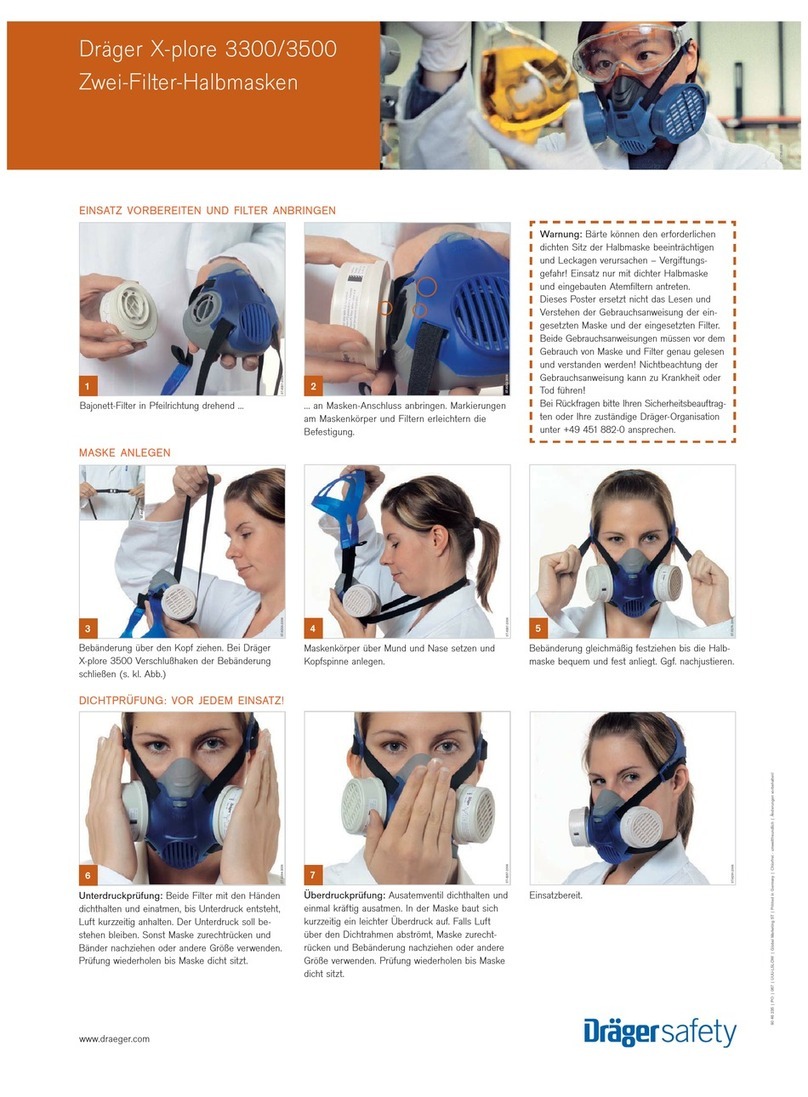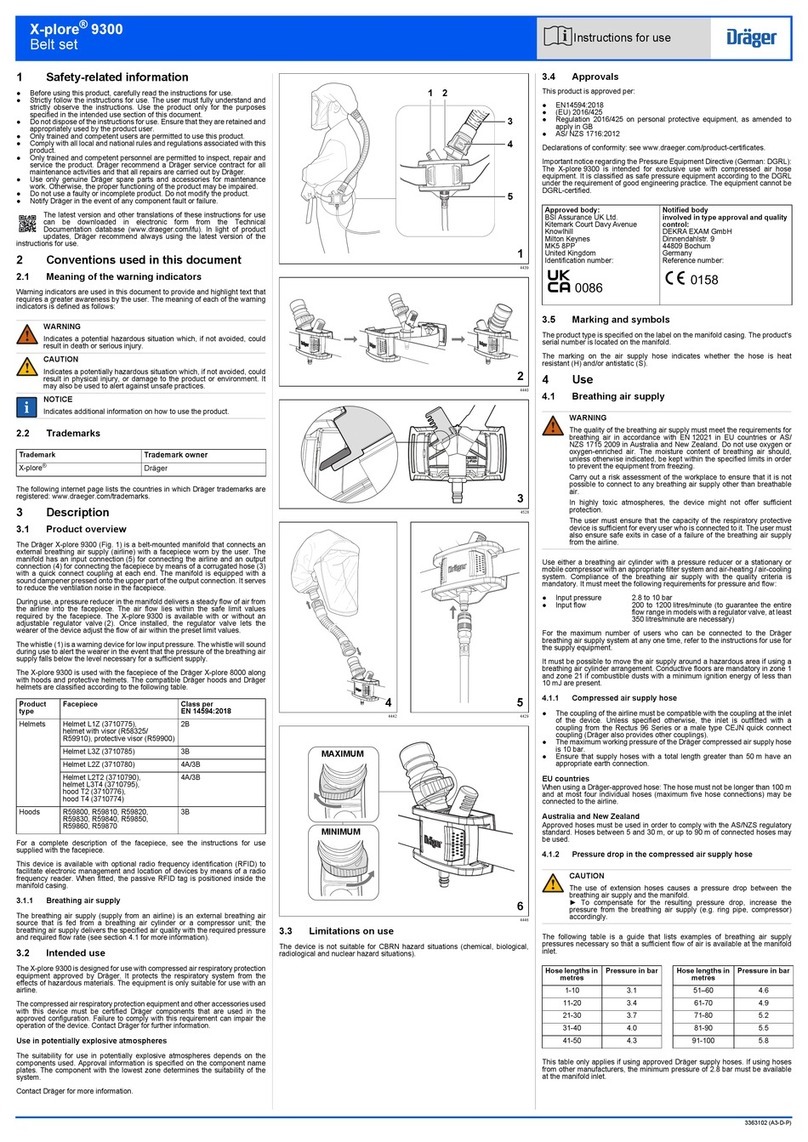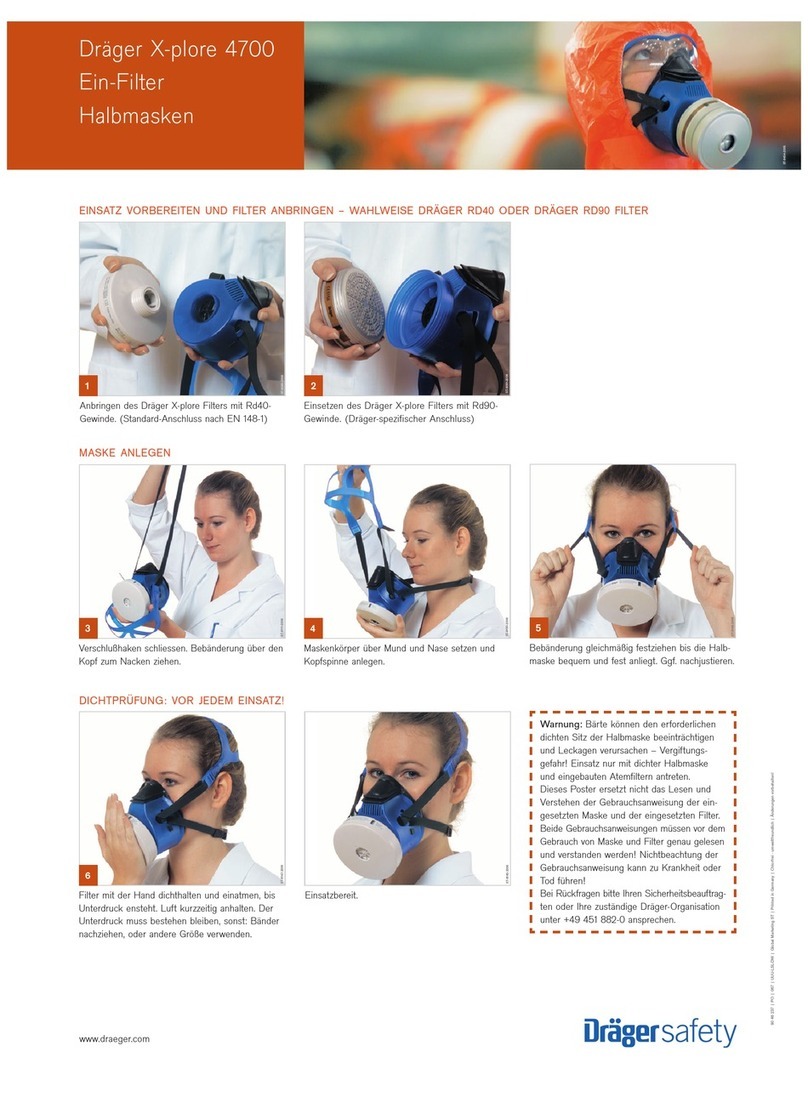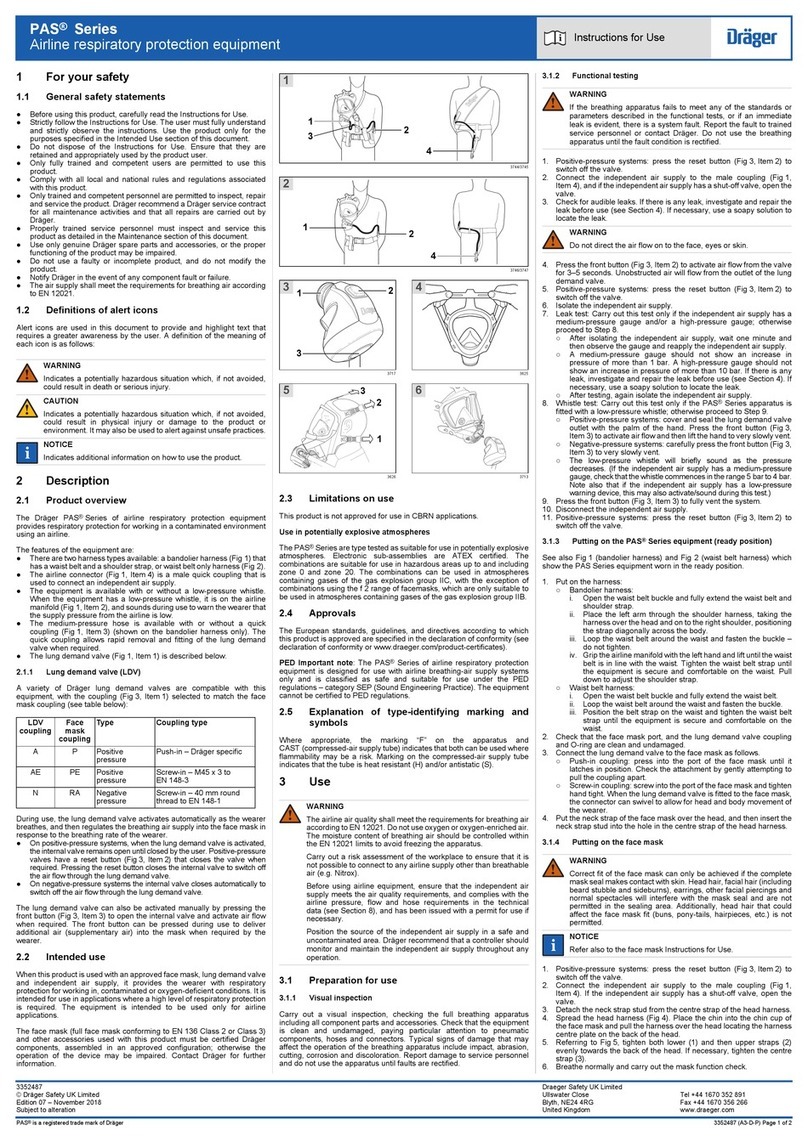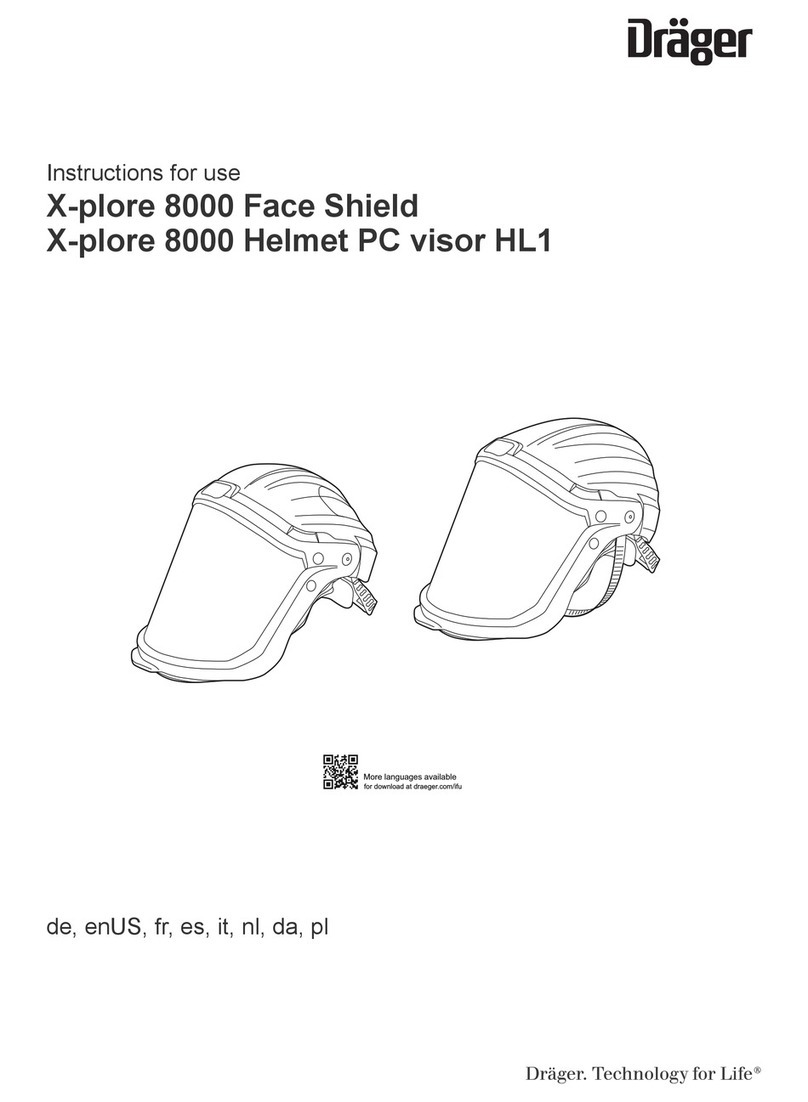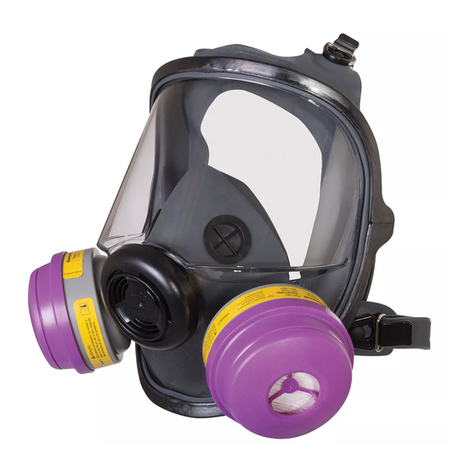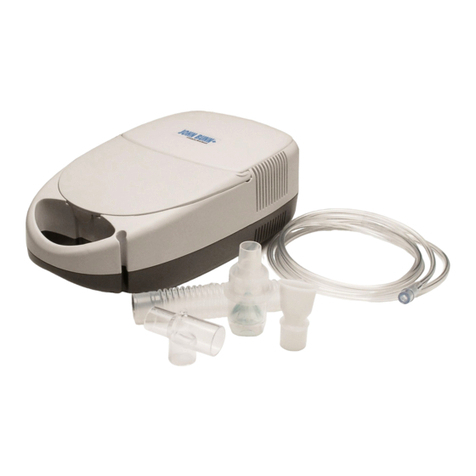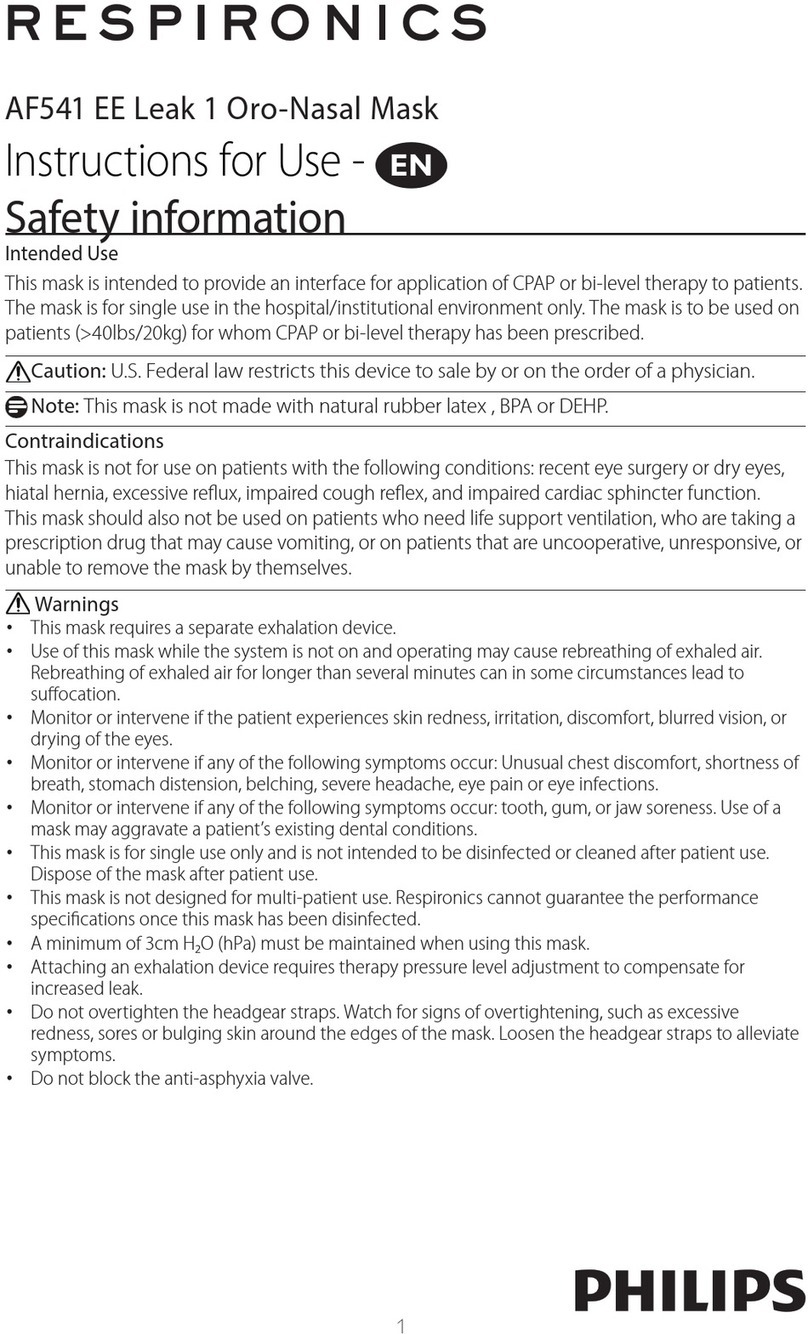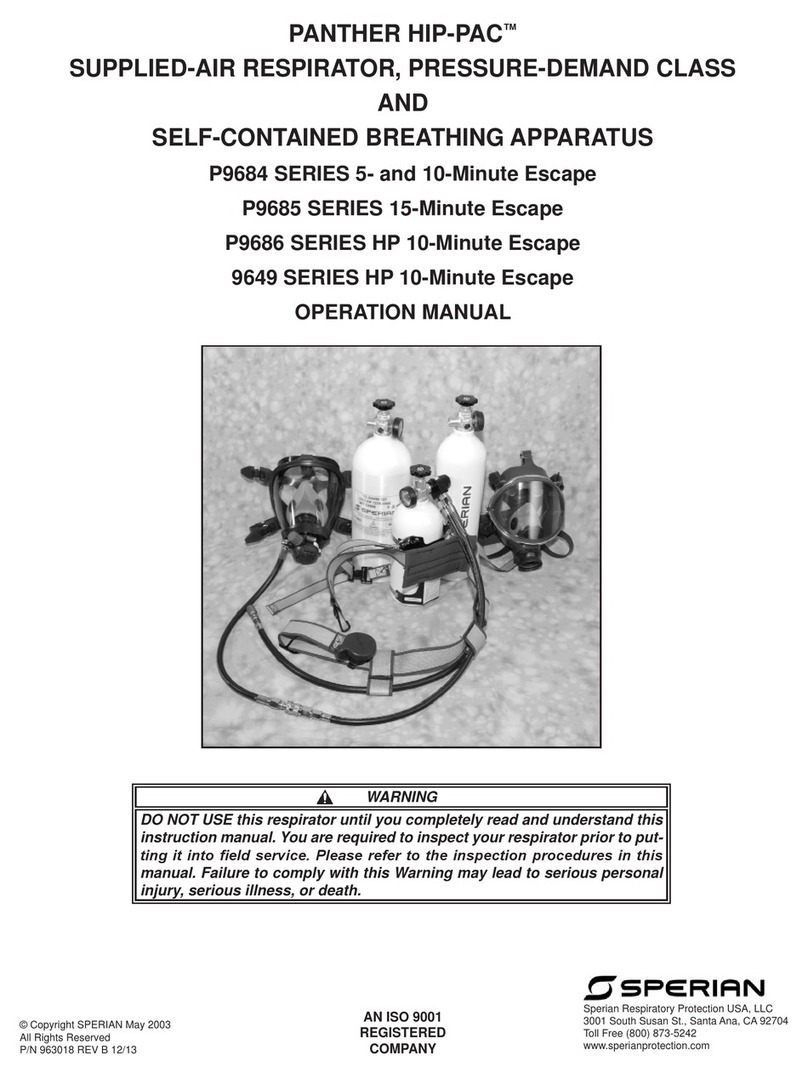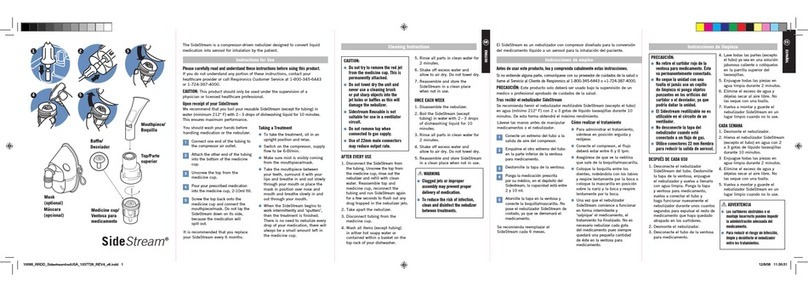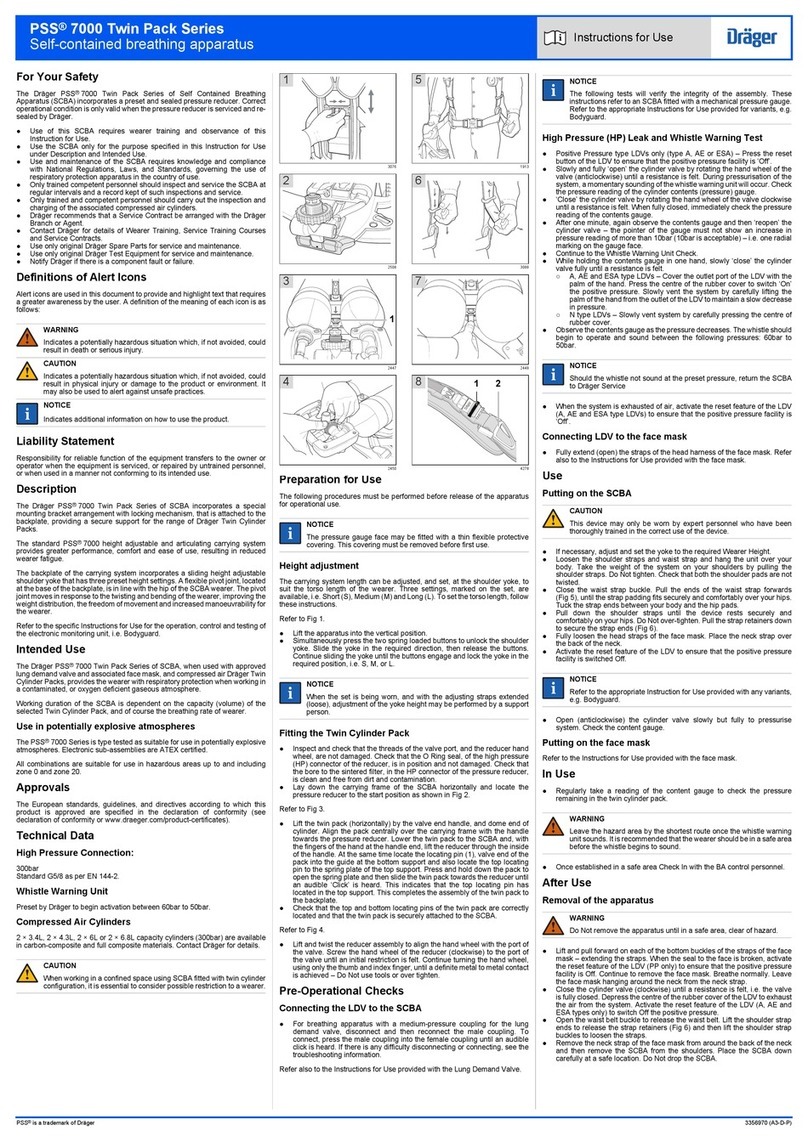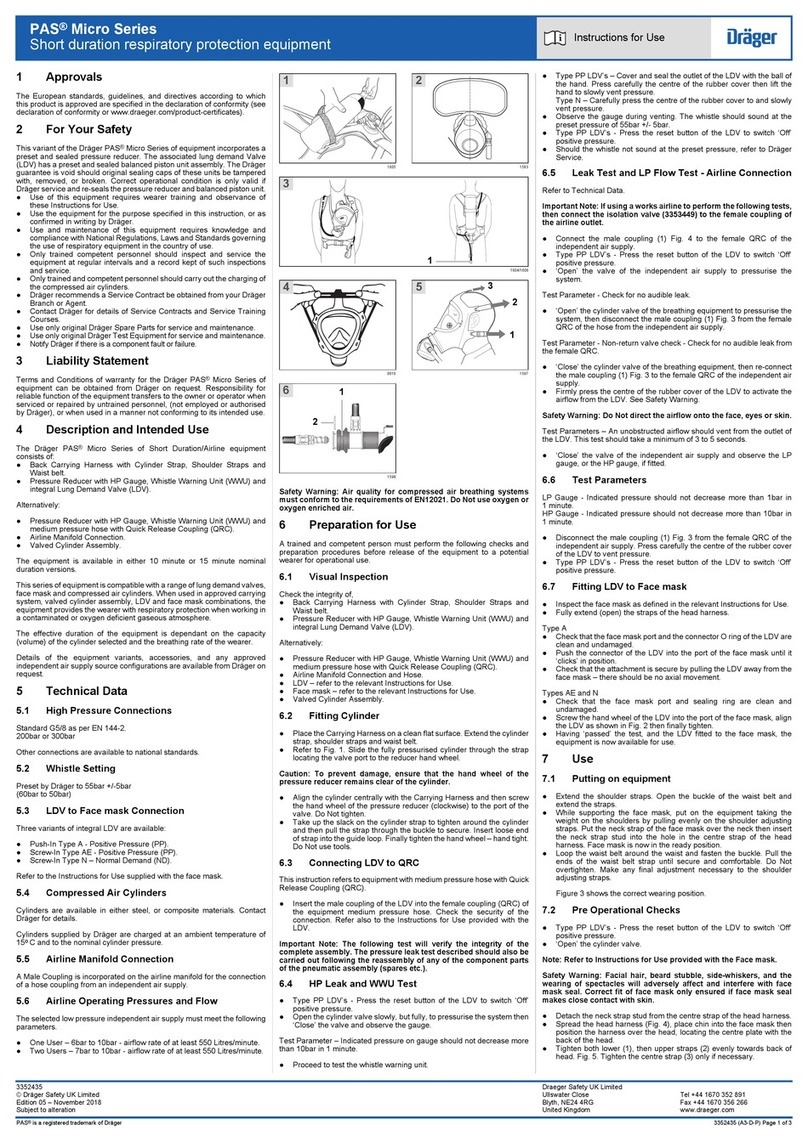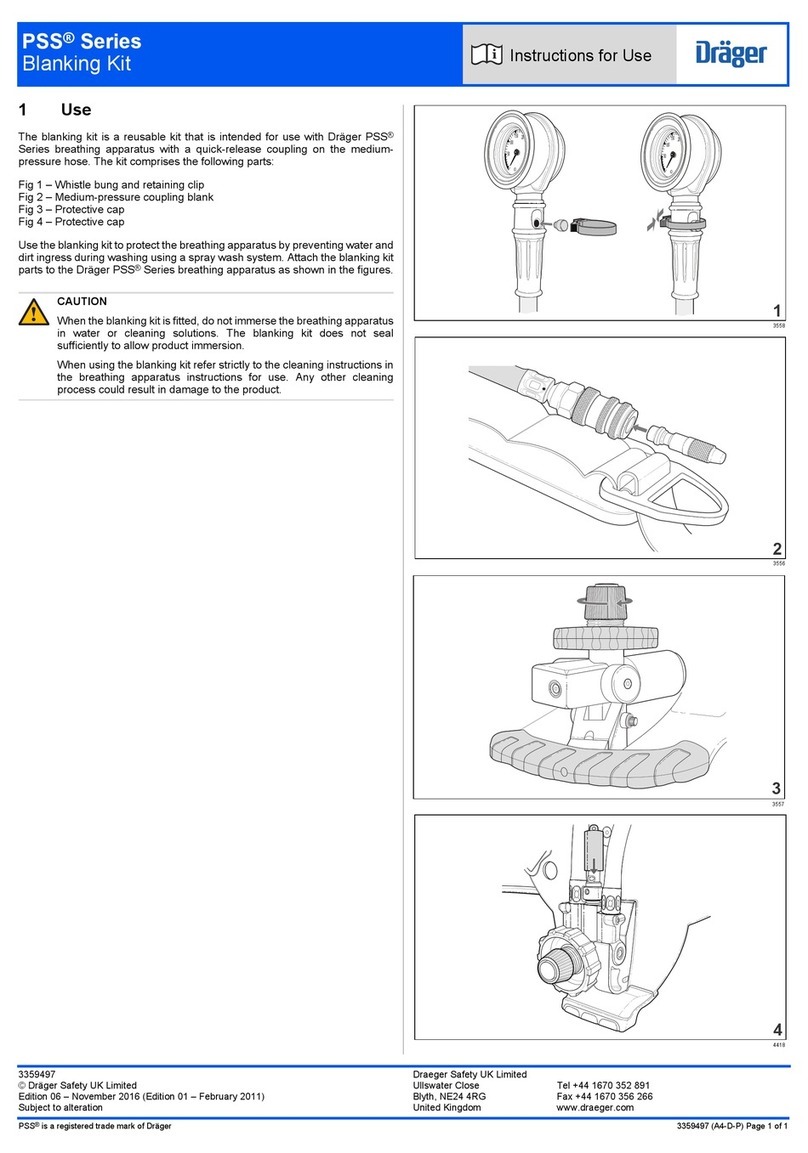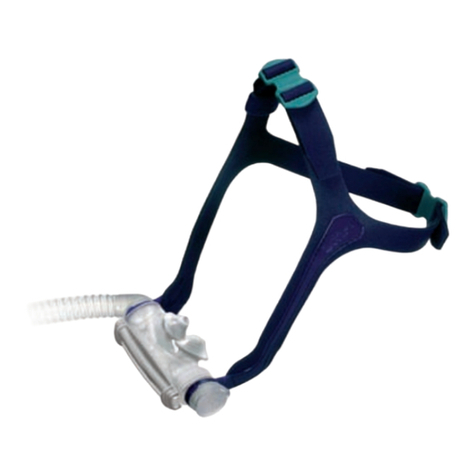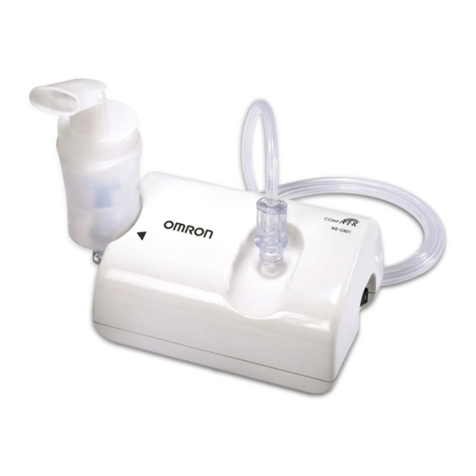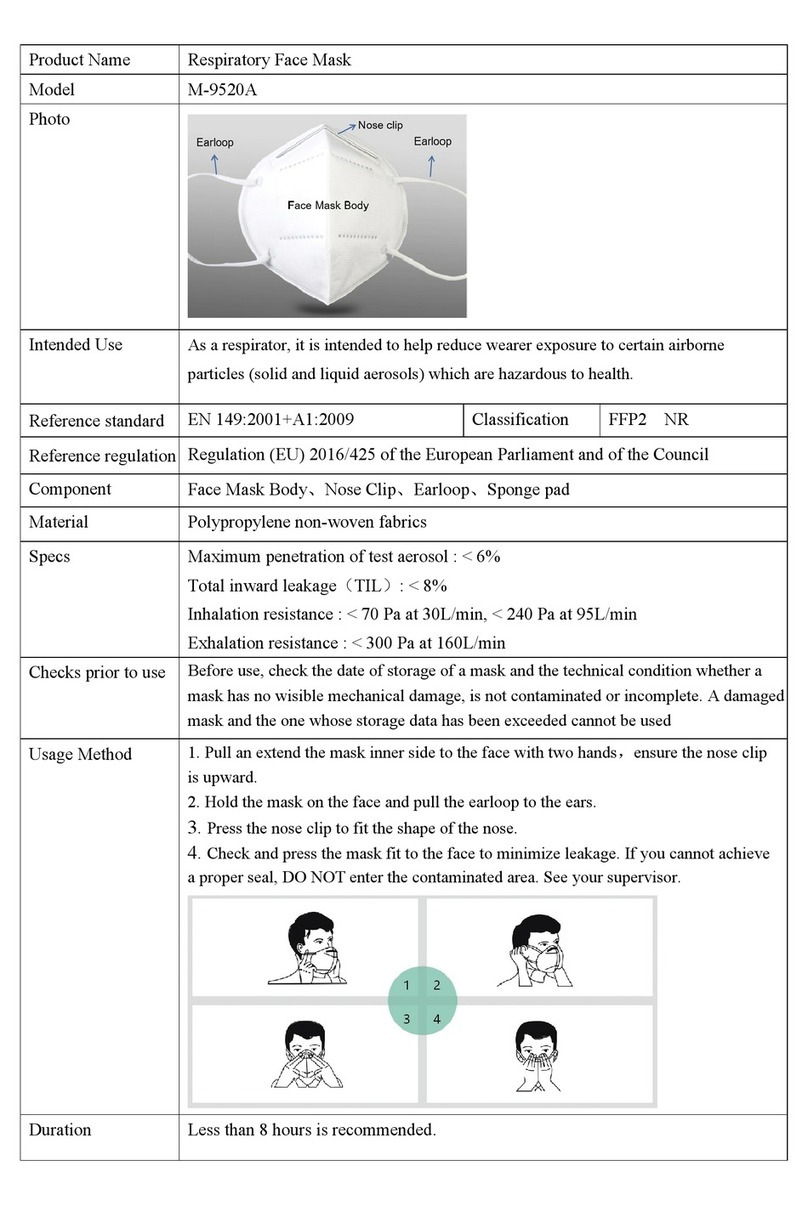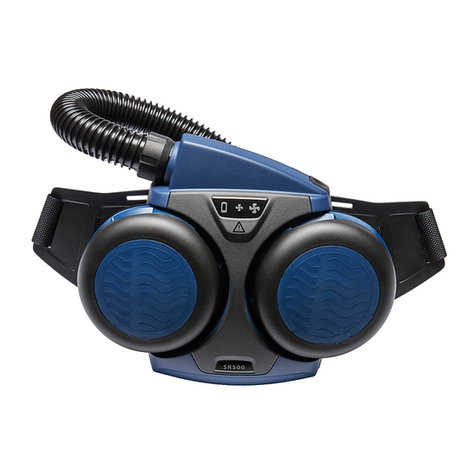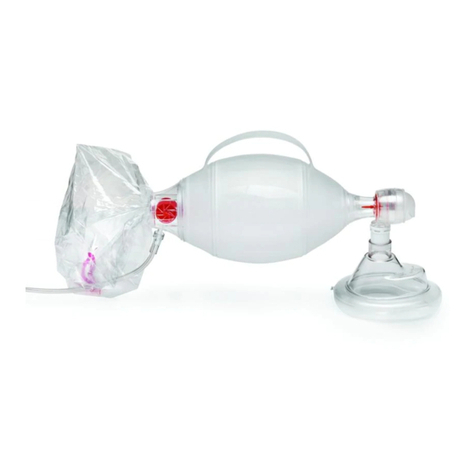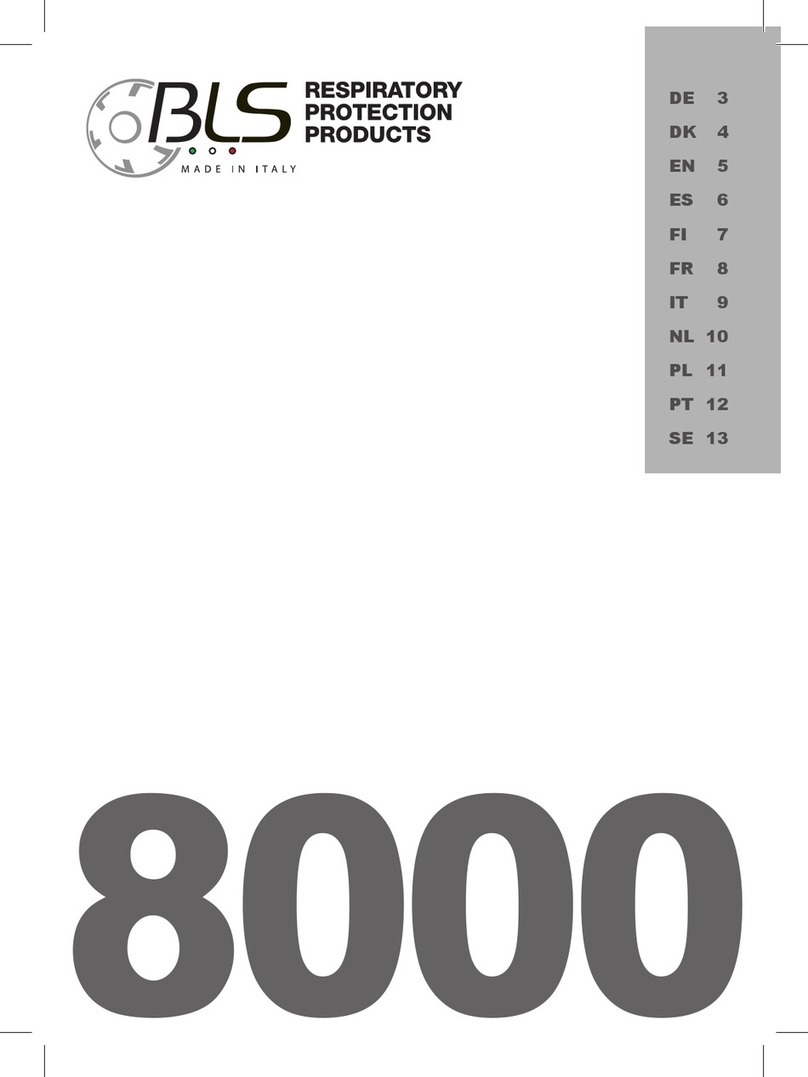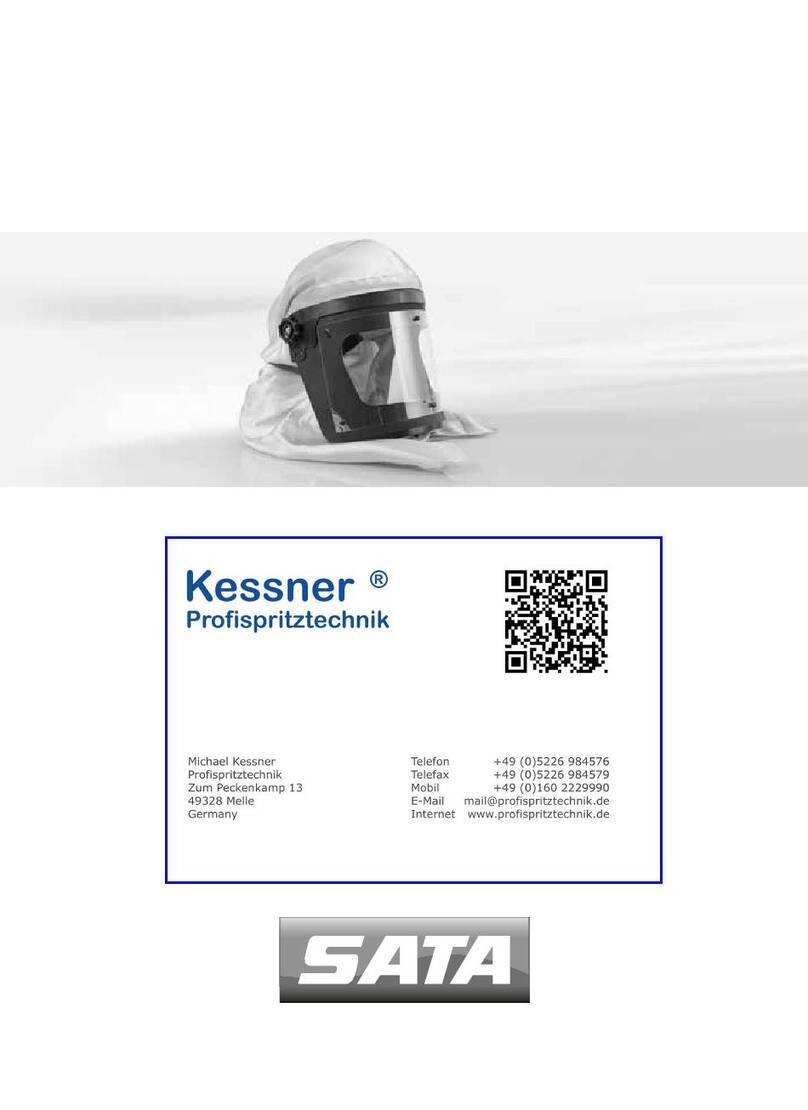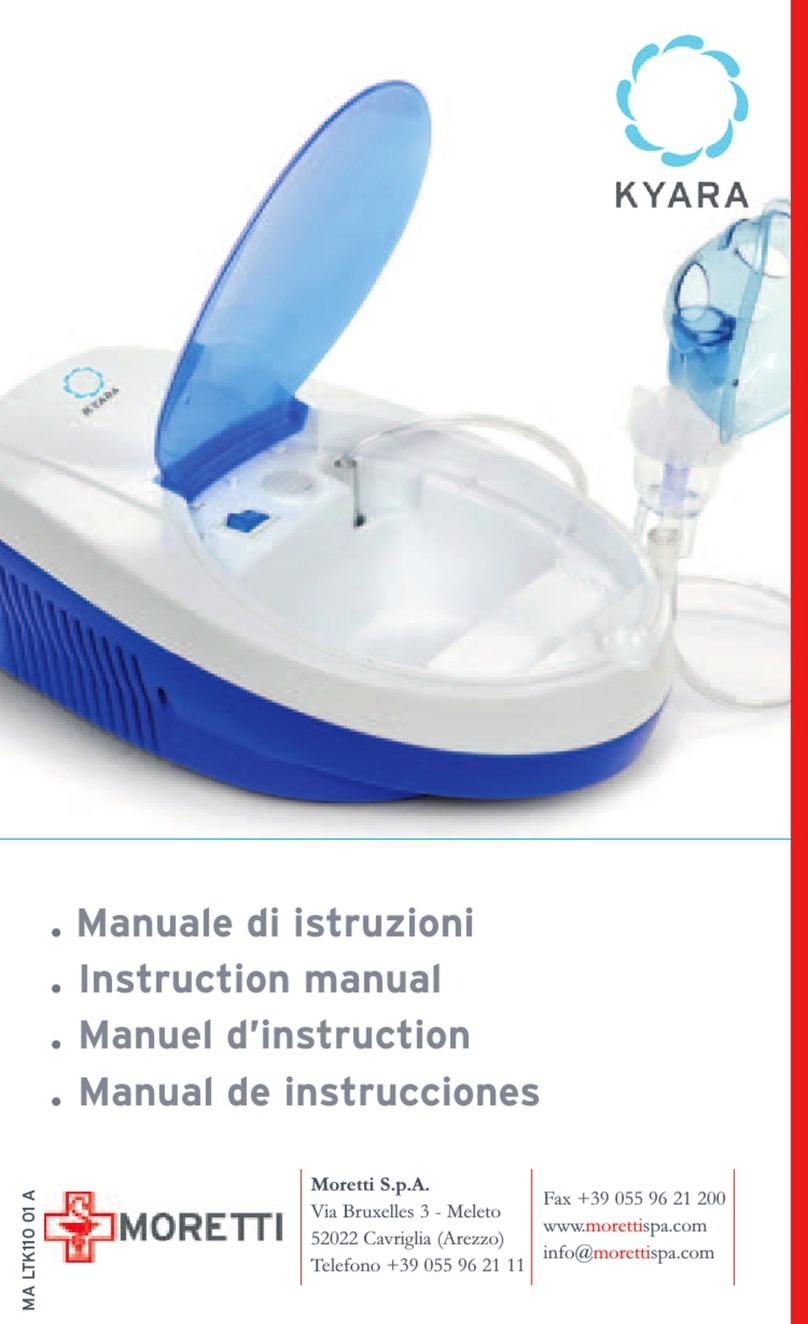3363102 (A3-D-P)
1 For your safety
1.1 General safety statements
●Before using this product, carefully read the Instructions for Use.
●Strictly follow the Instructions for Use. The user must fully understand
and strictly observe the instructions. Use the product only for the
purposes specified in the Intended Use section of this document.
●Do not dispose of the Instructions for Use. Ensure that they are
retained and appropriately used by the product user.
●Only fully trained and competent users are permitted to use this
product.
●Comply with all local and national rules and regulations associated
with this product.
●Only trained and competent personnel are permitted to inspect, repair
and service the product. Dräger recommend a Dräger service contract
for all maintenance activities and that all repairs are carried out by
Dräger.
●Properly trained service personnel must inspect and service this
product as detailed in the Maintenance section of this document.
●Use only genuine Dräger spare parts and accessories, or the proper
functioning of the product may be impaired.
●Do not use a faulty or incomplete product, and do not modify the
product.
●Notify Dräger in the event of any component fault or failure.
1.2 Definitions of alert icons
Alert icons are used in this document to provide and highlight text that
requires a greater awareness by the user. A definition of the meaning of
each icon is as follows:
WARNING
Indicates a potentially hazardous situation which, if not avoided,
could result in death or serious injury.
CAUTION
Indicates a potentially hazardous situation which, if not avoided,
could result in physical injury or damage to the product or
environment. It may also be used to alert against unsafe practices.
NOTICE
Indicates additional information on how to use the product.
2 Description
2.1 Product overview
The Dräger X-plore 9300 (Fig 1) is belt mounted manifold that is used to
connect an external breathing air supply (an airline) to an item of headgear
worn by the user. The manifold has an input connector (5) to connect the
airline and has an output connector (4) to connect the headgear using a
corrugated hose (3) with a quick coupling on either end. The manifold has
a silencer which is a nylon mesh disc pressed into the top of the output
connector to limit the air noise in the headgear.
During use, a pressure reducer inside the manifold supplies a continuous
flow of air from the airline to the headgear. This air flow is within the safe
limits required at the headgear. The X-plore 9300 is available with or
without an adjustable flow control valve (2). When fitted, the flow control
valve allows the wearer to adjust the air flow within preset limits.
The whistle (1) is a low input pressure warning device. The whistle sounds
during use to alert the wearer if the breathing air supply falls below the
pressure required to provide adequate breathing air.
The X-plore 9300 is used with Dräger X-plore 8000 headgear including
hoods and protective helmets. The compatible Dräger hoods are classified
as Class 3B and the Dräger helmets are classified as Class 2B according
to EN 14594:2005. For a full description of the headgear see the
Instructions for Use supplied with the product.
Radio-frequency identification (RFID) is an option available for this product
to allow electronic asset management and tracking using a radio-
frequency reader. When fitted, the passive RFID tag is positioned inside
the manifold casing.
2.1.1 Breathing air supply
The breathing air supply (airline supply) is an external source of breathing
air from an air cylinder or compressor arrangement capable of supplying
the specified air quality, pressure and flow rates (see Section 3.1 for
details).
2.2 Intended use
The X-plore 9300 is intended for use with approved Dräger compressed
airline breathing equipment to provide respiratory protection against the
effects of harmful substances. The equipment is intended to be used only
for airline applications.
The compressed airline breathing equipment and other accessories used
with this product must be certified Dräger components, assembled in an
approved configuration; otherwise the operation of the device may be
impaired. Contact Dräger for further information.
Use in potentially explosive atmospheres
The X-plore 9300 is type tested as suitable for use in potentially explosive
atmospheres. Electronic sub-assemblies are ATEX certified. The
combinations are suitable for use in hazardous areas up to and including
zone 0 and zone 20. The product temperature class is T6 unless a passive
RFID tag is fitted in which case the temperature class is T4. The
combinations can be used in atmospheres containing gases of the gas
explosion group IIB.
The air supply must be located:
●In zone 1 if flammable gasses of class IIA are present.
●In zone 2 if flammable gasses of class IIA, IIB, or IIC are present.
There is no restriction for use in areas containing flammable dust.
2.3 Limitations on use
This product is not approved for use in CBRN (chemical, biological,
radiological and nuclear) applications.
2.4 Approvals
The European standards, guidelines, and directives according to which
this product is approved are specified in the declaration of conformity (see
declaration of conformity or www.draeger.com/product-certificates).
In addition the product is approved according to the following regulations:
●AS/NZS 1716:2012.
PED Important note: The X-plore 9300 is designed for use with airline
breathing-air supply systems only and is classified as safe and suitable for
use under the PED regulations – category SEP (Sound Engineering
Practice). The equipment cannot be certified to PED regulations.
2.5 Marking and symbols
The product type is indicated on the label on the manifold casing, and the
product serial number is marked on the body of the manifold.
Marking on the air supply hose indicates that the hose is heat resistant (H)
and/or antistatic (S).
3 Use
3.1 Breathing air supply
WARNING
The quality of the air supply shall meet the requirements for
breathing air according to EN 12021 in EU countries, or AS/
NZS 1715:2009 in Australia and New Zealand. Do not use oxygen
or oxygen-enriched air. The moisture content of breathing air
should be controlled within the specified limits in the standard to
avoid freezing the equipment.
Carry out a risk assessment of the workplace to ensure that it is
not possible to connect to any air supply other than breathable air
(e.g. Nitrox).
Adequate protection may not be provided by the equipment in
certain highly toxic atmospheres.
The user must ensure that the capacity of the air supply system is
sufficient for every user connected to it. The user must also ensure
that they can retreat safely if the supply from the airline fails.
Use a breathing air cylinder arrangement with a pressure reducer, or a
fixed or mobile compressor with a suitable filtration and air heating or
cooling system. Ensure that the air supply meets the air quality
requirements, and complies with the following pressure and flow
requirements:
●Input pressure 2.8 to 10 bar
●Input flow 200 to 1200 litres/minute (to provide the full range
of flow on versions with a flow control valve, a
minimum of 350 litres/minute is required)
The maximum number of users that can be connected simultaneously to
Dräger breathing air supply equipment is specified in the supply equipment
Instructions for Use.
It must be possible to move the air supply around a hazardous area if using
a breathing air cylinder arrangement. Conductive floors are mandatory in
zone 1 and zone 21 if flammable dusts with a minimum ignition energy of
less than 10 mJ are present.
3.1.1 Compressed air supply hose
●Ensure that the airline coupling is compatible with the product input
coupling. The standard input coupling is a Rectus 96 Series or CEJN-
type male quick coupling (other couplings are available from Dräger).
●The maximum working pressure of the Dräger compressed air supply
hose is 30 bar.
●Ensure that supply hoses with a total length greater than 50 m have an
appropriate earth connection.
EU countries
When using Dräger approved hose: a maximum of 100 m of hose may be
used, and no more than four individual hoses (a maximum of five hose
connections) are permitted in the airline.
Australia and New Zealand
Approved hoses must be used for the AS/NZS approval standard to be
valid. Hoses from 5 to 30 m or coupled to 90 m may be used.
3.1.2 Compressed air supply hose pressure drop
Using extension hoses causes a pressure drop between the breathing air
supply and the manifold. The pressure from the breathing air supply must
therefore be increased accordingly to compensate for any pressure drop
due to the length of hose used. The table below shows the pressure
required at the breathing air supply to ensure that the minimum pressure
of 2.8 bar is available at the manifold input connector.
This table is only applicable when using Dräger approved hose. When
using hose from any other manufacturer, the minimum input pressure of
2.8 bar must be supplied at the manifold input connector.
3.2 Preparation for use
3.2.1 Preparing the product
The manifold can be worn on the left or right side. To swap sides, loosen
the belt, remove the backplate if fitted and rotate the manifold (Fig 2).
When reassembling, ensure that the lip of the whistle cover sits under the
rib in the manifold bracket (Fig 3). Ensure that the position of the manifold
on the waist allows full head movement without pulling the hose, and that
the hose will not present a snag hazard.
1. Carry out a visual inspection (see Section 5.2).
2. Put on the belt and adjust as necessary. Ensure that the X-plore 9300
is fitted tightly against the body.
3. Connect the headgear hose to the output coupling and to the headgear
(Fig 4).
4. Connect the airline supply to the input coupling (Fig 5). The whistle will
sound briefly as the pressure increases.
5. Put on the headgear (see the Instructions for Use supplied with the
hood or helmet).
6. Ensure that the pneumatic hoses are not kinked or compressed by
clothing or equipment.
7. Take several deep breaths to ensure that sufficient air is available and
then breathe normally.


